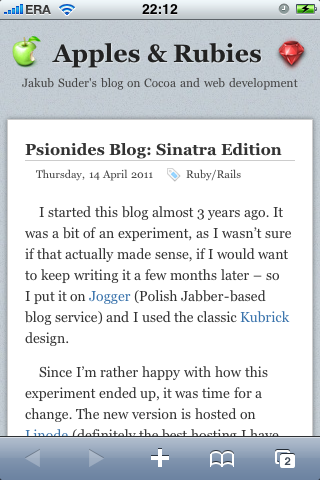March 2024 projects update
I’ve been still pretty busy with various Bluesky- and social-related projects recently, so here’s a small update on what I’ve been working on since my November post, if you’re interested:
Skythread – quote & hashtag search
I was missing one useful feature that’s still not available on Bluesky: being able to see the number of quote posts a post has received and looking up the list of those quote posts. The Bluesky AppView doesn’t currently collect and expose this info, so it’s not a simple matter of calling the API. But since everything’s open, anyone can build a service that does this, they just need to collect the data themselves.
Since I’m already recording all recent posts in a database for the purposes of feeds and other tools, I figured I could just add an indexed quote_id column and set it to reference the source post on all incoming posts that are quotes, and later look up the quotes using that field.

